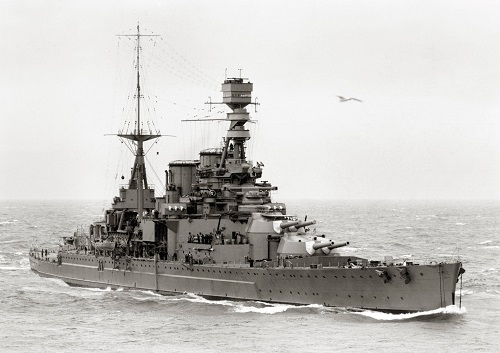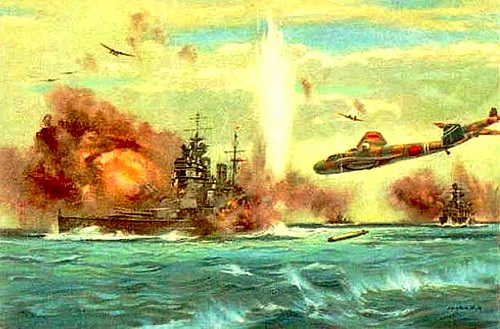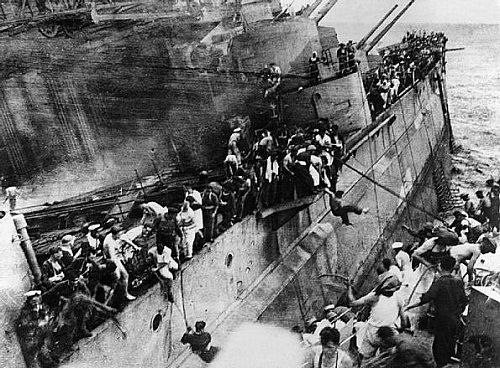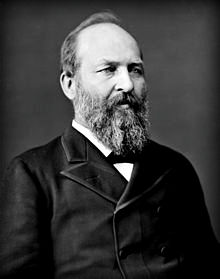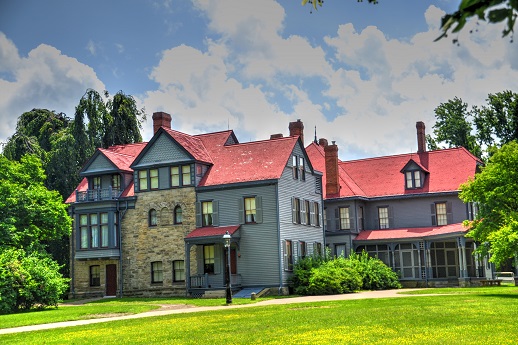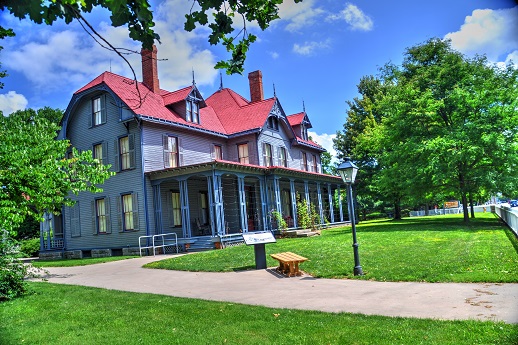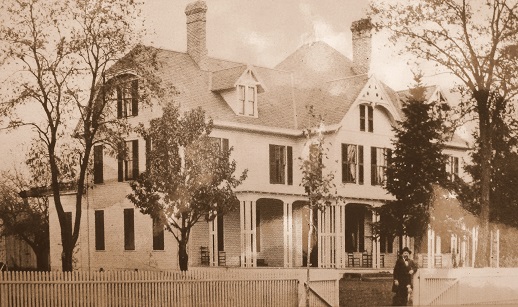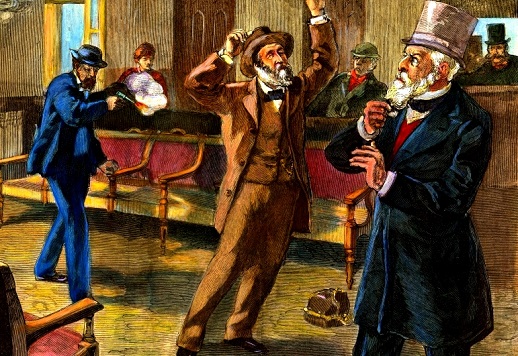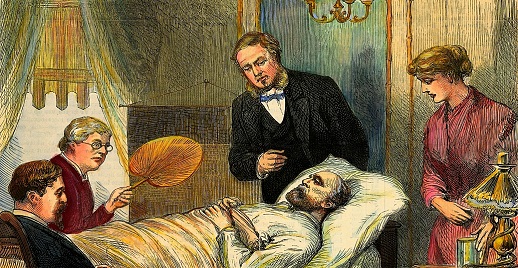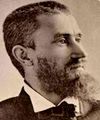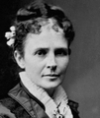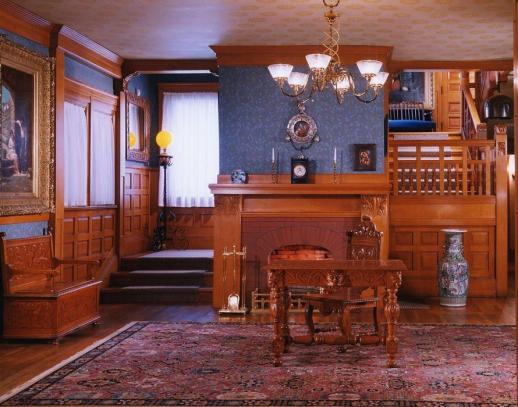NOTE TO READERS: In keeping with our philosophy of lifelong learning, we are now on Twitter as @cachemaniacs. If you’re interested, there’s a Twitter follow button over on the sidebar or you can just click the link above. We’re also Exploring Off the Beaten Path on Facebook.
Hi again,
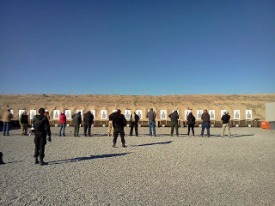
Ready on the firing line.
I recently finished the Four Day Defensive Handgun course at Front Sight, a training facility just outside of Pahrump, NV. I wasn’t sure what I was getting myself into. I’ve had lots of handgun training, so that wasn’t the problem. To be honest, Front Sight has a reputation out in the online gun community as a second rate facility. I got a chance to go with a certificate that cost me $100 as opposed to the full price of $2,000. So off I went to the Feb 13-16 class.
It was outstanding. It exceeded my expectations across the board. The instruction was excellent. Everybody there was helpful and professional. We did a lot of shooting. I learned a lot. The biggest lesson I took away from it is that I didn’t know as much about this stuff as I thought I did.
I’m not going to chronicle the day to day activities. A Google search will bring up lots of detailed summaries and reviews. Here’s a good one. I read it several times and it was very helpful. I did learn a few things that were not mentioned anywhere else, so here are some thoughts on the Front Sight experience. I think they would also apply to just about any other training program.
The Training Environment
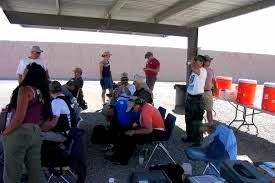
The only shade on the range.
1. This is the desert and they train all year. In February, the lows were below freezing and the highs were very pleasant. The week after my class, it got cold and snowy. Summer temps routinely hit 100. The shooting ranges themselves are constructed with 12 foot earthen walls on three sides. There’s lots of sun, not much shade and little wind. The firing line can get really brutal no matter what time of year. Plan accordingly.
2. It’s very taxing, both physically and mentally. Forget about hitting the casinos or taking in a show at night. You’ll be too tired.
3. All that aside, you don’t have to be a young stud to do the class. We had 44 students with a real mix of people. About 1/3 were women. There were several families there with their teenagers. The guy next to me was in his 70’s. This was his 18th time taking the course over a ten year period. He just likes doing it and he’s good. I’m 61 and I did fine.
4. Get a hotel room in Pahrump, which is only about 20 minutes from Front Sight. The two main ones are the Saddle West Casino and the Best Western- Pahrump Station. Both offer Front Sight discounts and fill up every week, so book early. If not, you’ll have to stay in Vegas, which is an hour or more away. Pahrump is an ugly town but the people are nice. The town has stores, restaurants, gas stations and amenities plus some casinos, so you’ll have everything you need. Front Sight hosts up to 1,000 students a week in various courses and it’s big business in Pahrump. The town is a little nervous about all these gun fighters running around, so the lower your profile, the better.
5. The pace is fast and the days are long. Plan on being there until 5 or 6 PM. It’s pretty much non-stop with the exception of the one hour lunch break. Snacking, hydrating and loading magazines are done on the fly between relays or during transitions. That said, if you get tired or just need a break, it’s OK to sit out a relay.
6. Take with you to the range everything you need for the day – drinks, sun screen, ammo, snacks, etc. Your car will be nearby but you won’t have time to make trips back and forth. I had a range bag and a cooler. They have water there in a big vat, but it’s not very cold and it runs out. Plain water has its limitations. Be sure to take some Gator-Ade or something for electrolytes. A 50/50 water and Gator-Ade mix is ideal. Orange juice is good too. I used the Gator-Ade powder. Saves weight and room. I took an insulated water bottle and carried it all the time. You can’t have it on the firing line but it’s ok on the ready line. You want to have immediate access to drinks and ammo all day.
7. In four days, you’re going to draw that weapon, work that slide, push those levers and buttons and load those magazines thousands of times. By the end of the course, your hands will be cut up and sore – especially the fingertips. Take some medical tape or tough band aids to wrap them with. At night, use some hand lotion to heal them up.
8. I took some disposable vinyl medical gloves with me to lather on the sun screen. It keeps your hands from getting all slick and oily. Your firearm will thank you. When I first started doing it, people just stared at me. By the end of the course, several others were doing it too.
9. I ordered the box lunch every day. It’s quick, convenient and filling. They run about 12 bucks. You can pre-order when you get your course confirmation email or do it when you get there.
10. They have a well stocked pro-shop and armory on site but they are outrageously expensive. A MagLula 9mm speed loader that I got on Amazon for 20 bucks was $70 at the pro shop.
11. Watch your speed on the road to Front Sight. It’s a target rich environment for cops, especially on Day 1.
Bring enough gun
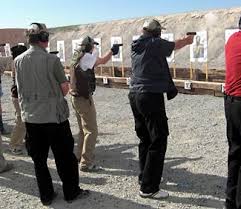
If your firearm has a glitch, this place will find it.
12. MUY IMPORTANTE: The fact that you are taking a shooting course with a concealed weapon does not allow you to carry off site. Do not carry concealed off the Front Sight facility unless you have a Nevada permit. CCW reciprocity in Nevada is a circus. They honor almost nobody else and it changes all the time. In the past, students have carried, been stopped by the cops and busted. That’s a Class C felony. On the other hand, open carry is legal. So you can strap on your gun and motor on down the road if you want. Just make sure you don’t accidentally cover it up. Front Sight rules say no loaded weapons or weapons handling in the common areas. My advice: Lock it up in the trunk and retrieve it at the range.
13. Even if you have a Nevada permit (which I do), stay out of North Las Vegas and Boulder City (which is just up the road from Hoover Dam). They don’t like concealed carry and you’re in for a big hassle if they find you packing. Yeah, it sucks, but what can you do? If you want to take a test case to the Supreme Court, be my guest.
14. Forget about revolvers. You can use them but the course is built around the semi-auto handgun. A lot of what they teach is transferable to any weapon. My carry weapon is a S&W 642 .38. I took it to the range after I got back and was able to successfully apply things I learned using my 9mm at Front Sight.
15. Don’t take a brand new gun to Front Sight. Run several hundred rounds through it before you start training. There were a surprising number of gun problems on the range. Front Sight has a gunsmith on site who can fix anything. If your gun has problems, the staff will run it up to him. He’ll fix it and notify the range when it’s ready, usually within an hour or so. Take a back up gun just in case. If you have other guns you want worked on, like new sights or a trigger job, take it with you and drop it off. This guy is very good.
16. I gained a real appreciation for the new generation of striker fired, DAO semi-auto handguns – Glock, Springfield and M&P. I used a 9MM S&W Shield. My backup was a Beretta Px4 sub-compact, a sweet shooting piece which I’ve had for over 10 years. I’m glad I didn’t have to use it. In fact, I might even sell it. The Shield ran circles around it. IMHO, semi-autos with external hammers, thumb safeties and de-cocking levers are almost obsolete. That includes some fine weapons like Sigs, Berettas, Rugers and 1911’s, all of which I have owned. I’ll never buy another one.
17. Speed and accuracy are what we’re looking for and the aforementioned relics come up short. The benchmark drill at Front Sight is to draw from the holster and fire two rounds center mass in less than two seconds. Having a double action first round makes it almost impossible. A guy on a nearby target had his new Sig Sauer out there and he had trouble all week. Plus, all those extra levers and edges make it harder to work the slide in the fast aggressive manner needed for clearing malfunctions and re-loading.
18. Then there’s the weapons that you carry cocked and locked, like 1911’s and Hi-Powers. True story: The last day of the class, we had a guy shoot himself in the leg while holstering his cocked and locked .45. Fortunately, it just barely grazed his outer thigh, giving him about a four inch racing stripe. It barely broke the skin. His wife was shooting next to him and she was a basket case. After the paramedics patched him up, they got in their RV and left. Still want to carry that hog leg in Condition 1?
19. This new generation of handguns minimizes or eliminates those problems. Next time I go to Front Sight, I’ll be shooting the M&P full size 9mm and the Shield will be the backup.
20. Take lots of magazines, especially if you’re shooting a single stack weapon. Front Sight says bring at least three. I’d say a minimum of six. I had eight and I was still busier than a one armed paper hanger all week.
21. I had my ammo in neat plastic cases and my Israeli MagLula speed loader ready to go. I ended up putting about 50 rounds in my pocket and refreshing my magazines the old fashioned way on the ready line. I’d load them up with the speed loader in the morning and after lunch. After that, there simply isn’t time to pluck the rounds one at a time out of the box and employ the speed loader. Some of the students had trap shooter bags full of loose ammo hanging from their belts. That worked well. I’ll be looking into one of those for next time.
22. Front Sight catches a lot of crap from the handgun community because they continue to emphasize the Weaver stance. Actually, it’s more of a modified Weaver or Chapman stance. According to the naysayers, the Weaver is obsolete. Everybody now uses the combat isosceles stance. I personally like the Chapman and that’s what I shoot. It just works for me. If you get to Front Sight and are Hell bent to shoot isosceles, they won’t say a word other than to suggest you keep an open mind and try their stance.
The Front Sight business model
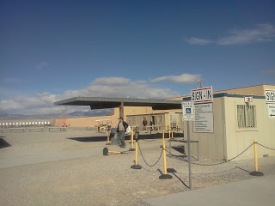
This is it. This is main street of the Front Sight resort community.
Front Sight was started in 1997 by a California chiropractor named Ignatius Piazza, who still runs the place. He had big plans. His vision for Front Sight was a “shooting resort” with ranges, adventure training, martial arts, homes, condos, shops, restaurants, etc. To move forward with it, he sold memberships, which cost up to $25,000. These memberships entitled you to free classes, prime lots and amenities like a Front Sight hat and T-shirt. (Seriously. That’s two of the many benefits he touts.)
Twelve years ago, when I first divorced, I almost bought a Bronze membership for $5,000. I decided against it. For at least two years after, I was bombarded with e-mails and slick flyers about all the things that I was missing. They went on and on about all the great things that were happening at Front Sight.
Well, most of it was b—s—t. None of resort stuff and luxury amenities ever happened. I drove into Front Sight expecting a desert oasis. With the exception of the ranges and house trailers used for offices, there’s absolutely nothing there. They didn’t even have running water until about four years ago. Ignatius Piazza has been sued repeatedly yet continues to bang the drum for all the great things going on at Front Sight and is still selling memberships.
This is the angle that gets most of the bad comments in the handgun community. However, I found a clear separation between the business end and the training program. The ranges are modern and well maintained and the staff are all very professional. At no time did anybody try to give us the hard sell. In fact, it wasn’t mentioned at all. Don’t let the business/marketing thing turn you away.
The going rate for a Front Sight course is $500 a day. That’s the same as other trainers like Gunsite and Thunder Ranch. I took the course for $100 with a Front Sight certificate. Here’s Front Sight’s dirty little secret – nobody pays full price for a course. Here’s why. When customers buy full price memberships, they get a bunch of course certificates and full fledged memberships to give away or sell. I got my certificate through a friend. Then I came back, started looking around for another one and found a guy on E-bay who was selling memberships. It sounded too good to be true.Take any course I want any time I want for the rest of my life. I emailed and called the guy trying to coax out of him what the catch is. There wasn’t one. It’s a full blown, honest-to-goodness Diamond level life membership with a retail value of $7,000. It cost me $250. I’ve got my membership card, diamond certificate, hat and T-shirt. These things are everywhere on the Internet. If I had spent the five grand for a membership, I would not be a happy camper. Never pay full price for a Front Sight course.
One has to wonder how long they can stay in business like this. There have been rumors and reports over the years that they were going under, but I saw no evidence of that. I went into this with my eyes open and figured even if they close tomorrow, I got a $2,000 course for $350. I think they’ll be around a while. They have a large course offering and lots of students.
I had a very successful week. My score on the skills test the last day put me in the top 3 shooters. Now that I’m snowbirding in Arizona, I plan to go back at least twice a year. In addition to the full size M&P on my wish list, I may have to buy a new rifle and shotgun for those courses.
This post turned out to be longer than I planned, but that’s usually the way it goes. Hope this helps. Maybe I’ll see you on the line some time.
Semper Fi …. Out here …. Boris







